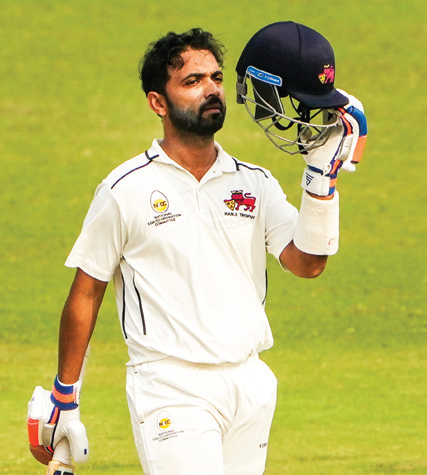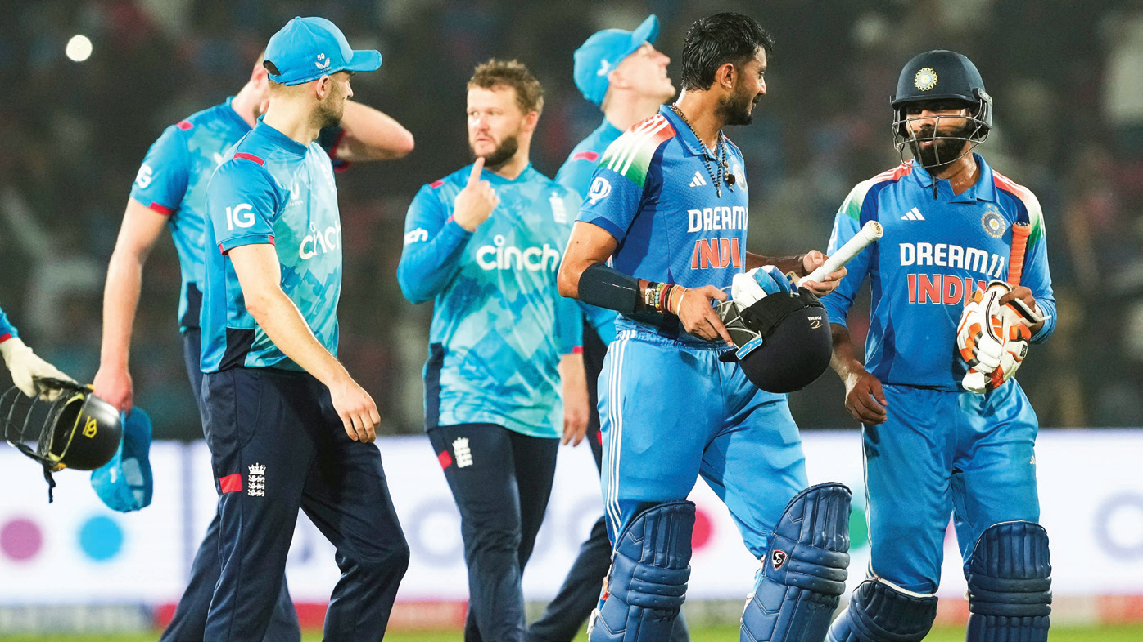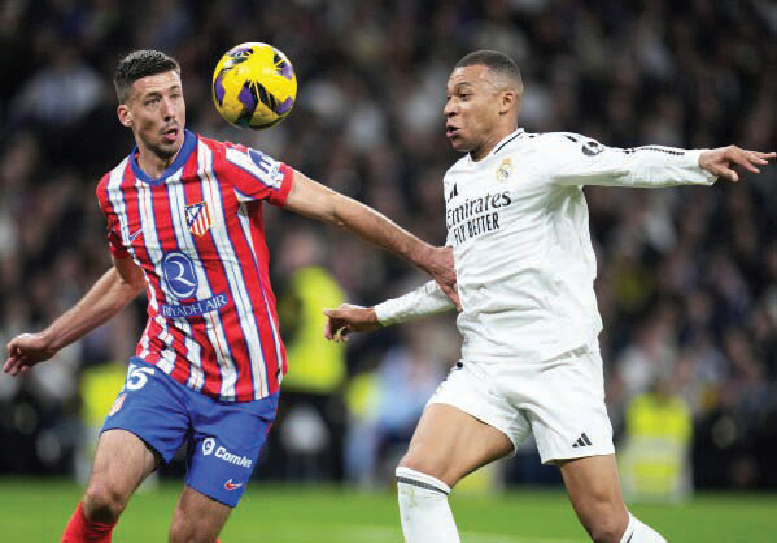
Not just snow: What’s the secret to Norway’s Winter Olympics success?
Norway have been outside the top four in a Winter Olympics medal table once since 1992 and topped it in 2002 and 2018. But how does this small Scandinavian country continually out-power much bigger rivals? “I mean, we have a lot of cold,” said a joking Sturla Holm Lægreid of the (predictably enough) winning men’s biathlon relay team by way of an explanation.
It is not simply climate, though. Sweden, Austria and Switzerland benefit from the same advantage and have larger populations and bigger talent pools to draw from. Geopolitics, budgets and population size dictate that China, the US and Russia always put up strong Olympic teams.
What Norway does have is an intense focus on grassroots participation in winter sport from a young age. In 2018, the proportion of children regularly taking part in winter sports was put at 93%. Importantly, at a young age the focus is on fun.
They do not keep scores for games involving small children, but as they get older there is a huge active talent pool to move up to the Olympiatoppen for elite sport training. “We’re not many people, but we’re a people with passion,” said Mons Røisland after earning silver in the men’s snowboard big air. When you take a look at a medal count and temperature chart, you’ll see a clear correlation between the two. But it’s more than temperature -- it is also money.
Think about how hard it is to train for the Olympics. Gear is often expensive. Children often need fortunate enough parents to get them to events. There also needs to be infrastructure in place to train for the Olympics. Norway is a fairly wealthy country: its GDP is in the top 35 worldwide and the GDP per capita is in the top 10.
You know where Norway is on the Inequality-adjusted Human Development Index? Number one. It shouldn’t be too surprising, therefore, that a wealthy country -- where it is also cold -- dominates the Winter Games.
 English daily published in Bengaluru & Doha
English daily published in Bengaluru & Doha






